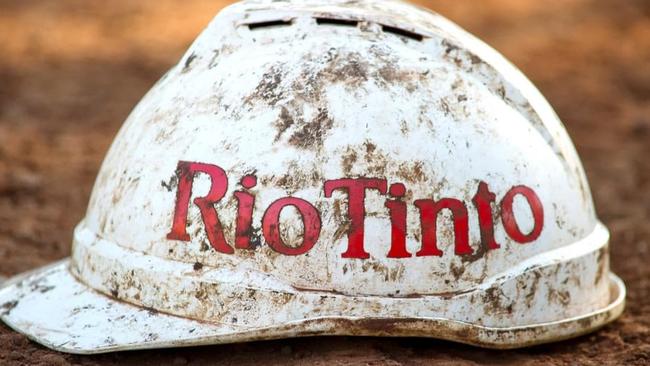
And that’s not just my view. The chairman of Australia’s Future Fund, Peter Costello, has come to exactly the same conclusion.
But his opinion is based on the fact that he was told a complete untruth by Rio Tinto when he was shadow treasurer in 1996.
He is convinced that the current implosion at Rio Tinto that saw the chief executive Jean-Sebastien Jacques resign has its origins in the events of 1996.
At that time Rio Tinto put to the Australian government, then headed by Paul Keating, that the Australian company CRA and the London company Rio Tinto should merge their operations in a dual-listed structure.
Under Australian control, CRA had blossomed into a major force on the Australian mining scene. But the then CRA chief executive Leon Davis phoned Costello and explained very clearly that the Collins Street head office of CRA would remain intact and exercise exactly the same level of control.
Costello can still remember the Davis words: “There will be no change in control.” At the time Costello didn’t know a lot about dual-listing structures and believed what Davis had told him.
I don’t think Davis was deliberately misleading Costello. He too was hoodwinked. Costello is now totally convinced that it was always Rio Tinto’s intention to switch control to London because within a few months of the deal’s completion senior executives were shifted to London.
These days all the big-earning assets of Rio Tinto are in Australia and yet the chairman, chief executive and chief financial officer are all non-Australians and are all based in London. The empire that men like Maurice Mawby, Rod Carnegie and John Ralph built up has been greatly damaged by poor London management.
The Londoners almost destroyed the company by paying far too much for Alcan, so BHP couldn’t restore control to Australia with its merger proposal. And to rescue the corporation the Londoners turned to a Chinese state-owned enterprise, Chinalco, which is now the major shareholder in the company with just under 15 per cent.
Costello, having been hoodwinked once with a dual-listing proposal, was faced with another when BHP put forward a similar proposal in a merger with Billiton. Wiser this time, Costello insisted that the BHP chief executive and chief financial officer be based in Australia and the majority of board meetings take place in Australia.
Without those rules it is likely BHP would have gone to London because Brian Gilbertson who was the CEO of the joint operation wanted to shift it there.
Using the Costello rules, Gilbertson was removed as CEO by chairman Don Argus because he was not spending enough time in Australia. There is little doubt that if Jean-Sebastien Jacques and his chief financial officer had been based in Melbourne, as had been promised, then they would have appreciated the significance of the 46,000-year-old caves.
Instead they were holed up in the luxurious St James Square Rio Tinto head office in London and really didn’t understand what was happening in Australia. And the remoteness of St James Square has also hit the operations.
When Australians occupied the role of chief executive, Rio’s Hamersley was the most efficient mining complex in the world. They were much better than BHP. But after a succession of London-based CEOs the tables have turned. BHP’s Melbourne head office enabled it to set strategies that ran rings around the Londoners holed up in St James Square. BHP’s cost structure is now much lower.
Sadly, Australians also played a role in facilitating the 1996 Rio Tinto hoodwinking of the Australian nation. Leon Davis, in hindsight, should have done more to lock in an assurance that control would remain in Australia. But the chairman of CRA, John Uhrig, also played a big role in the disaster.
The 1996 prime minister Paul Keating was moving towards demanding that the company’s head office remain in Australia and that a majority of Australians be on the board.
But Uhrig and his fellow directors threatened to resign if Keating made such a decision. Keating had an election coming and was in no mood to select a new set of Australian directors so he approved the Rio Tinto proposal.
The whole exercise has been an absolute tragedy for Rio Tinto shareholders and the nation of Australia. The current token head office in Melbourne should be the home of the new Rio Tinto CEO. The disastrous 24 years of St James Square controlling Australian assets should end.


After 24 years of regular disasters under London control it’s time for Rio Tinto to return to Australia.